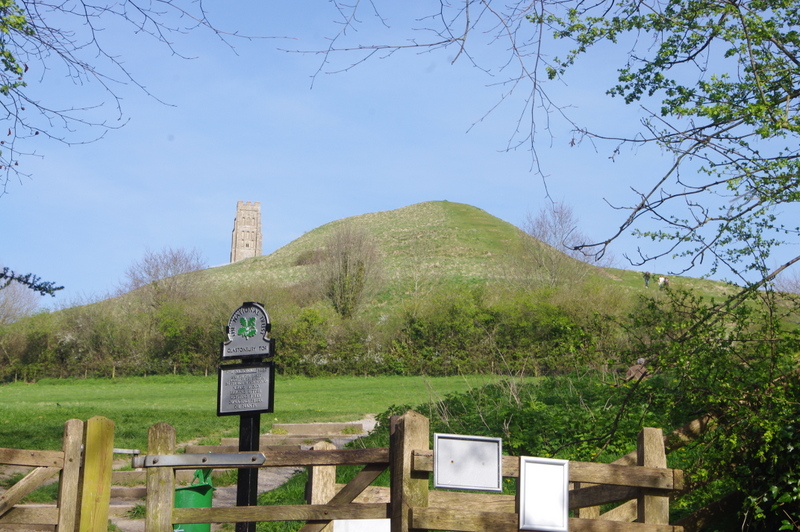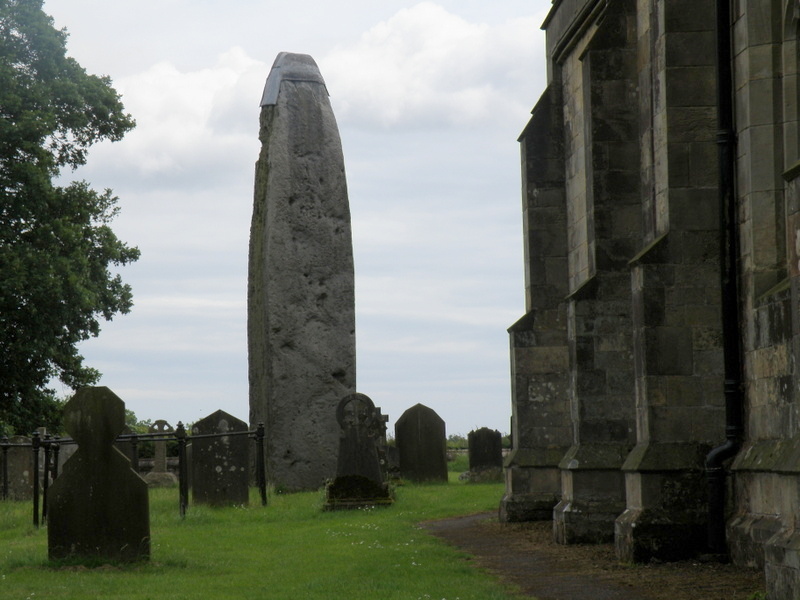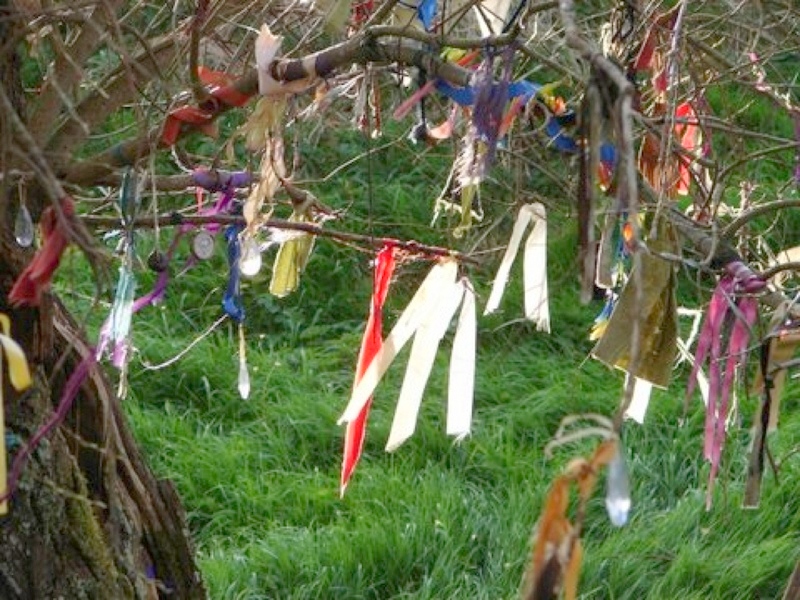In Cornwall they are known as Fogou, meaning in the Cornish language, Caves. (In Cornwall alone it is estimated there are over 2,000 fogous). In Scotland as Earth houses, though they are more usually called Souterrains (from the French, under the ground). Widely found across Britain, Ireland and Europe. Some can be quite complex tunnels, but usually they consist of an underground passage or tunnel with a narrow opening at the far end to just let a small amount of light through, but certainly not wide enough to exit through.
So what purpose did they serve? No one knows, we can only speculate. Places of refuge, of storage, or ritual shrines?
Above are two photographs of a Souterrain visited in Scotland on the Isle of Skye. In photograph 1 you might just distinguish a pair of wellies, (yellow, top right), put there to indicate that this particular souterrain was flooded. Which added considerably to the atmosphere as I and my companion went down and into it. As with most souterrains, the floor sloped upwards toward the end of the passage providing a little space to sit above the water for one of us at least.
And as for the question asked at the beginning? I am no wiser, but it didn’t feel as though this particular passage would serve any purpose as a storage means, especially given the effort taken to construct it. A place of refuge. Too low, too narrow too cramped to hide for long from attackers. A place with a ritual purpose? For some kind of initiation process perhaps? Sat in the gloom of a Neolithic construction some 2-3,000 years old with the water lapping about, most certainly!












 Otherwise known as the Isle of Avalon. A strange, mysterious place, even now the smell of incense pervades the air and mostly defeats the traffic fumes. Once upon a time it really was an Island, secured by the surrounding bogs and water courses that surrounded it. But gradually the bogs were drained for agricultural purposes and the Island became just another part of the landscape, albeit topped with a most unusual hill, known as Glastonbury Tor.
Otherwise known as the Isle of Avalon. A strange, mysterious place, even now the smell of incense pervades the air and mostly defeats the traffic fumes. Once upon a time it really was an Island, secured by the surrounding bogs and water courses that surrounded it. But gradually the bogs were drained for agricultural purposes and the Island became just another part of the landscape, albeit topped with a most unusual hill, known as Glastonbury Tor.














